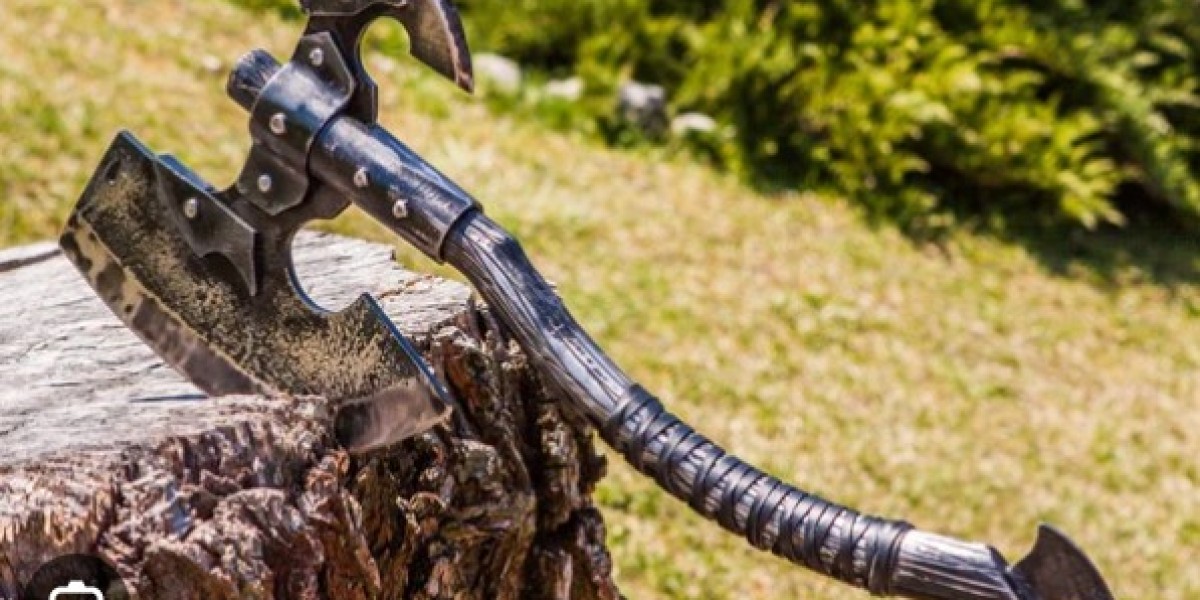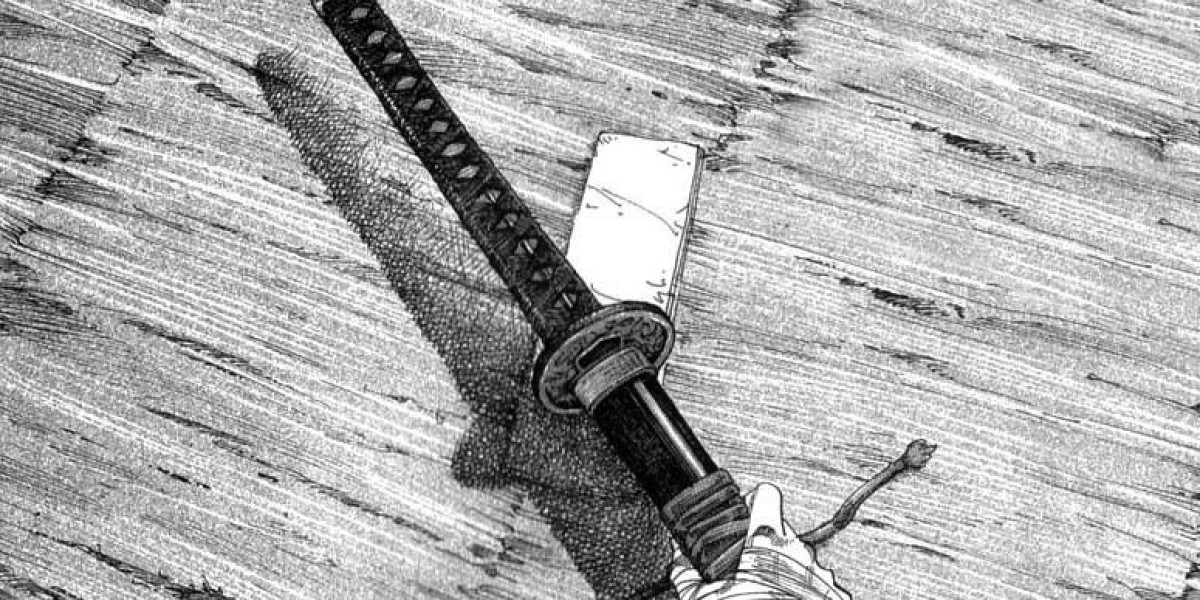Viking axes are iconic symbols of Norse craftsmanship and martial prowess, representing not just tools of war but also cultural artifacts that reflect the values and traditions of the Viking Age. In this article, we embark on a journey through time to explore the rich history of Viking axes, tracing their evolution from humble beginnings to legendary status.
- Origins and Early Development: The history of Viking axes can be traced back to the early medieval period in Scandinavia, where axes were initially used as versatile tools for farming, woodworking, and hunting. These early axes were simple in design, featuring a single blade attached to a wooden handle, but they laid the foundation for the development of more sophisticated weapons.
- The Viking Age: The Viking Age, spanning roughly from the late 8th century to the mid-11th century, marked a period of expansion and exploration for the Norse people. During this time, axes emerged as one of the most common weapons used by Viking warriors, favored for their effectiveness in close combat and their ability to inflict devastating wounds.
- Types of Viking Axes: Viking axes came in various shapes and sizes, each serving a specific purpose on the battlefield. The most common type was the hand axe, a versatile weapon that could be wielded with one hand for quick strikes. Larger, two-handed axes were also used, capable of delivering powerful blows that could cleave through armor and bone with ease.
- Symbolism and Ritual: In addition to their practical use in warfare, Viking axes held symbolic significance in Norse culture. They were often adorned with intricate carvings and symbols, serving as expressions of wealth, status, and allegiance to a particular clan or chieftain. Axes were also used in religious rituals and ceremonies, symbolizing the connection between the earthly realm and the divine.
- Legacy and Influence: The legacy of Viking axe extends far beyond the Viking Age, influencing the design of weapons and tools in cultures around the world. The iconic image of the Viking warrior wielding a fearsome axe has captured the imagination of artists, writers, and filmmakers for centuries, cementing the axe's place in popular culture as a symbol of strength, courage, and resilience.
From humble beginnings as utilitarian tools to legendary status as symbols of Norse strength and honor, Viking axes have left an indelible mark on history. As we reflect on their legacy, we are reminded of the enduring power of human ingenuity and the profound impact of culture on the evolution of weaponry. Viking axe for sale








